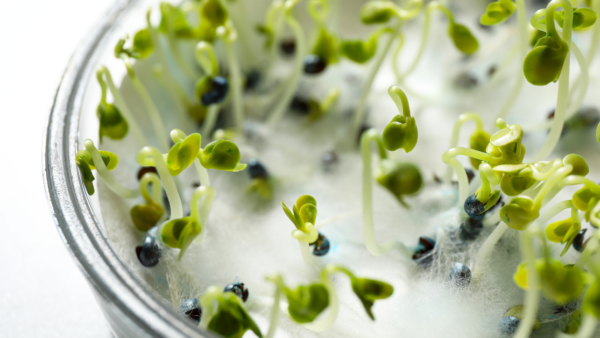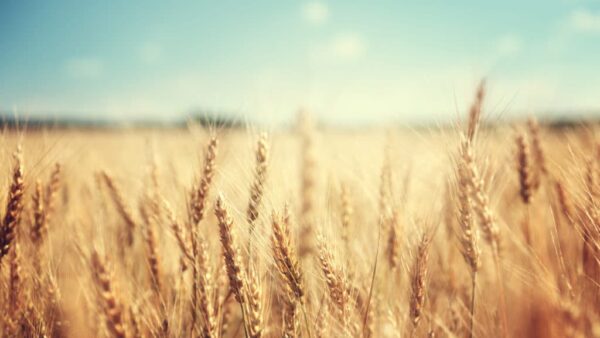In forage and turf business there is a notable emphasis on reducing climate impact. Most efforts and studies center on reducing Greenhouse Gas (GHG) emissions, whereas until now the positive aspect of increasing carbon storage has not been in focus. We need to put more light on the unique ability of plants to convert atmospheric CO2 into plant root structures and the vast storage potential of soil for this carbon.
Within the top 3 meters of the Earth’s soil lies a carbon pool of 2,500 gigatons (GT) – three times higher than the atmospheric pool. Annually, approximately 123 GT of atmospheric carbon is converted into plant biomass through photosynthesis. However, only 3 GT is stored as a stable carbon, with the remainder being released as CO2through plant and microbial respiration. This highlights the untapped potential for increasing stable soil carbon pools.
Fortunately, we already have some knowledge about the impact of different plant species and management practices on soil carbon sequestration. Soil carbon builds up when microbes feed on roots exudates, and cell residues break down and integrate into mineral-associated organic matter. Once this soil organic carbon (SOC) is bound, it can endure from decades to centuries.
It may not come as a surprise that trees excel in building up soil carbon, but equally noteworthy is the fact that perennial grasses are nearly on par and significantly better than annual crops in this regard. This is attributed to the perpetual growth of roots in perennial plants, which proliferate more and extend deeper over time. As decomposition processes diminish with soil depth, the release of plant carbon as CO2 from deeper roots is significantly reduced.
Most studies have only focused on soil carbon levels down to a depth of 30 cm. Although this layer holds more than 25% of SOC it may be less important for future carbon storing. This is attributed to two primary factors. Firstly, SOC in this layer faces faster degradation due to forage crop rotation and turf replacement. Secondly, after 50 years, the carbon build-up reaches a new equilibrium where SOC formation and degradation balance out.
However, recent reports challenge this notion by proposing that stable SOC can continue to build up in deeper layers. Moreover, they suggest that presence of nitrogen (N), accessible to the microbes converting plant carbon to SOC, further enhances this effect. Breeding for deeper roots emerges as a strategy with dual advantages: 1) Increased and more stable carbon storage, and 2) improved water use efficiency, crucial for sustaining photosynthesis during drought.
To address this, the RadiMax facility, as described in previous Insiders, is being utilized. Additionally, it is being explored how legumes, when combined with grasses, can provide nitrogen at deeper layers, supporting the microbe-driven conversion of plant carbon to SOC. The widespread use of clover-grass combinations in forage production is already established. The introduction of MicroClover® in turf swards offers a solution to replenish the carbon pools, that are currently at zero-equilibrium under 30-50-year-old turfs.
Considering the estimated 50 million hectares of managed turf globally, even a modest addition of these clovers to a lawn mix could yield significant climate-altering effects. The call is to embrace more perennials and legumes, reduce nitrogen usage, and increase carbon storage. Let’s go deep.






